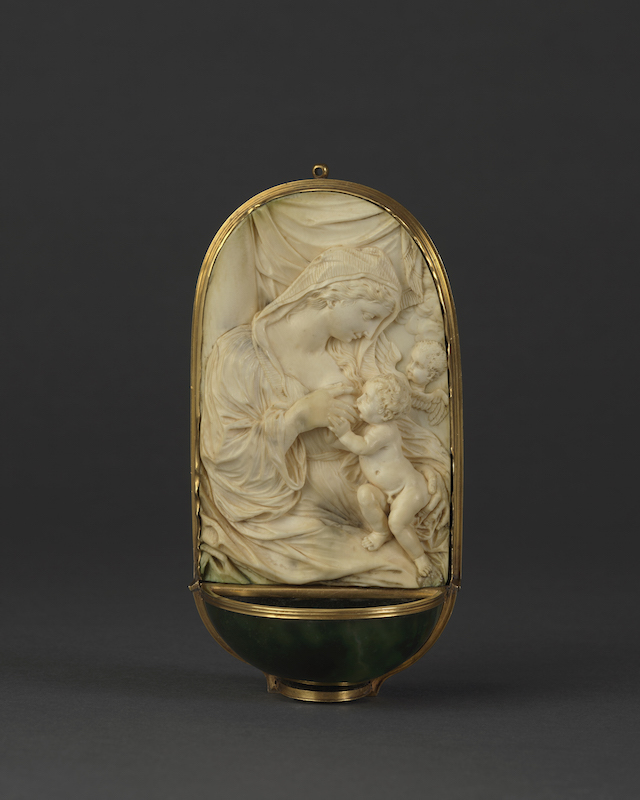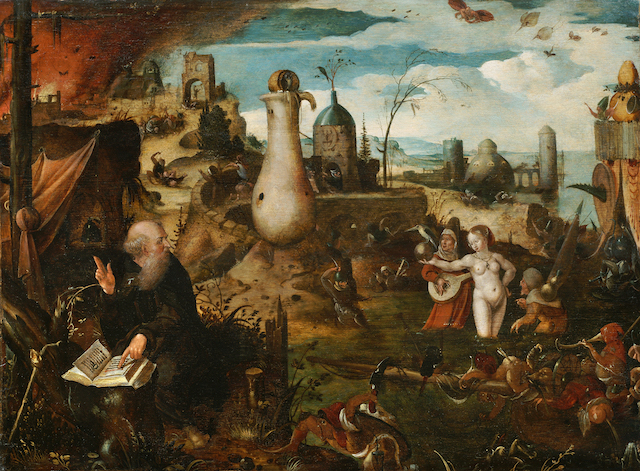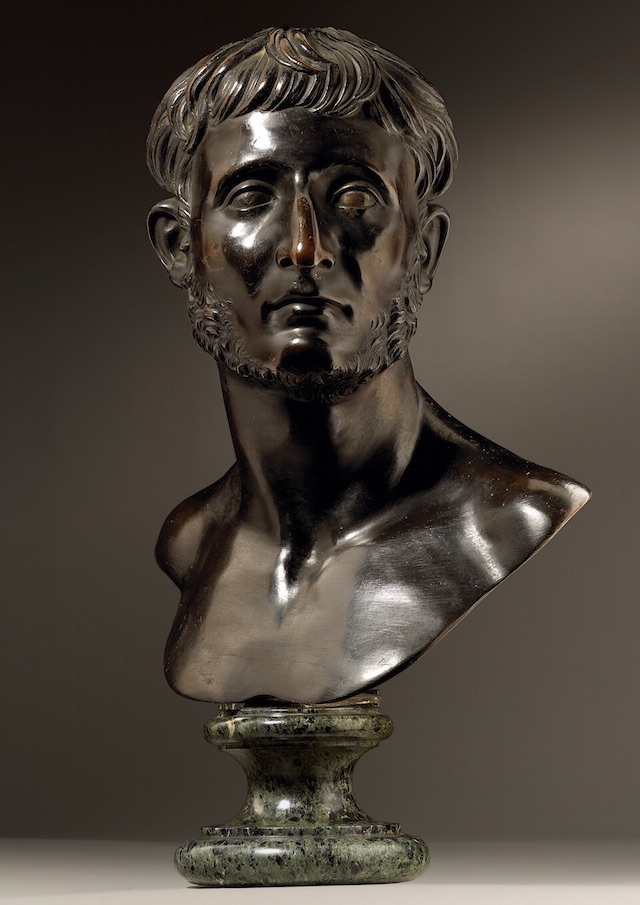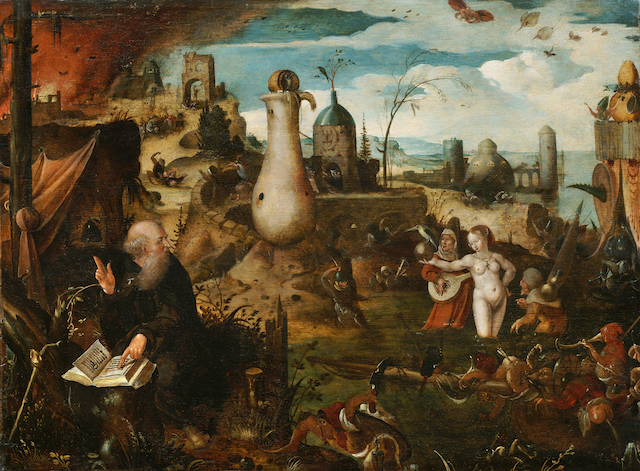For many years the Biennale des Antiquaires, held in the Grand Palais in Paris since 1962 and organised by the trade organisation, the Syndicat National des Antiquaires (SNA), seemed immune to change. Other fairs spawned sibling events, moved dates or juggled the formula to keep pace with an ever-changing art and antiques market, while the Biennale kept its stately position in even years at the head of the autumn, bringing together some of the world’s best antique furniture dealers with some of the grandest names in haute joaillerie, and a sprinkling of Old Master and Impressionist dealers.
Over the last few years, however, the grumbles from within the SNA have provoked what amounts to a revolution. In 2014, Dominique Chevalier, a specialist dealer in tapestries, was elected president of the organisation with an overwhelming mandate for change. Members voted to turn the Biennale into an annual event, to mark its permanent place in the calendar. It was decided to shift the emphasis away from the big haute joaillerie brands, back to the core disciplines of fine art and antiques. In November 2015, it was announced that the Old Master paintings fair, Paris Tableau, just four years old, was to be incorporated into the Biennale. Finally Henri Loyrette, former director of the Louvre, was invited to act as president for this year’s fair, signalling the event’s appeal to serious collectors. Chevalier is quite clear about his vision. ‘We want a balance of specialisms from archaeology to the 20th century, with a little touch of the contemporary,’ he says. ‘We must interest the young people.’ Stage designer Nathalie Crinière has been brought in to create a chic and minimalist setting within the opulent surroundings of the Grand Palais, and individual dealers have also invested greatly in their stands. London-based Mullany, for example, recreates a medieval cloister, the better to set off objects such as an early French limestone representation of the Virgin and Child (1300–25), and a holy water font with a carved ivory relief of the Madonna and Child and bloodstone bowl, from 17th-century Italy.
Holy water font, early 17th century. Mullany

But it has not been an easy ride. In June, a long-brewing scandal broke. Bill Pallot, a highly respected French chair specialist, was arrested for alleged involvement in the sale of fake Louis XV chairs to Versailles, implicating alongside him both the Kraemer Gallery and Galerie Didier Aaron, both of which subsequently withdrew from the fair. Chevalier had already set in place a new, rigorous vetting procedure involving a range of specialists from both France and elsewhere. William Iselin, an American advisor on 18th-century furniture, comments: ‘Vetting is a balance between applying rigorous standards and knowing when to compromise. Historical restorations which are clearly signalled can be allowed without compromising buyer confidence.’ Chevalier reinforces Iselin’s view: ‘There must not be deception.’
Despite this setback, this year the Biennale has tremendous things to offer. Alongside the 124 dealer displays, the fair presents three focused exhibitions. For ‘A Century of French Elegance: Masterpieces of the Eighteenth Century’, the Hermitage in St Petersburg has lent 35 masterworks of French decorative art, illustrating the marked influence of French taste on Russia’s ruling class over several centuries. Meanwhile, the Mobilier National traces the evolution of furniture over the 20th century by way of a chronological display of iconic pieces. Finally, perhaps to compensate for its cooling towards the jewellery brands, the event accommodates ‘The Conquest of Time’, an exhibition from the Fondation de la Haute Horlogerie in Geneva, showing treasures ranging from a portable 18th-century sundial created by Pierre LeMaire in Paris, to a rubidium atomic clock by Temex Neuchâtel Time SA, made in 1995.
Participating galleries are also making a special effort. De Jonckheere honours the 500th anniversary of the death of Hieronymus Bosch with a display of previously unseen paintings by followers of Bosch. Among those offering their own versions of his great themes – The Temptation of Saint Anthony, Christ Crowned with Thorns, and Saint Christopher – are the lyrical Jan Mandijn and the inventive Pieter Huys. A later, luscious Dutch still life by Jan Davidsz. de Heem and studio, with finely rendered fruit and flowers against a stormy sky, is on show at Bob Haboldt’s stand. Galerie Canesso, an Italian Old Master specialist, shows an exuberant basket of melon, open pomegranates, bright red apples, and spilling grapes by an anonymous artist working in Rome (1615–20), alongside a penitent Saint Jerome by baroque painter Ludovico Mazzanti. Jumping forward a couple of centuries, À la campagne, a charming oil by the Swedish artist Carl Larsson (1853–1919), thought missing since its sale at the Paris Salon in 1883, is presented by Amells Konsthandel, Stockholm.
The Temptation of Saint Anthony Attributed to Pieter Huys. © De Jonckheere, Geneva

Among the 20th-century specialists, Galeria Mayoral from Barcelona is mounting a booth commemorating the 80th anniversary of the Spanish Pavilion for the 1937 International Exposition in Paris, with works by Picasso, Miró, and Calder. Applicat-Prazan presents a shimmering late abstract painting, Composition claire (1951), by Nicolas de Staël. Daniel Templon, one of France’s leading contemporary dealers, celebrates his 50th anniversary this year. He opened his gallery in 1966 when he was 21, in a cellar in Saint-Germain-des-Prés. With no money to invest and few contacts in the art world, he went on to represent major conceptual, minimalist, and Pop artists from both sides of the Atlantic. He is bringing exceptional works to the fair, all dated 1966, by artists then working in Paris, including Simon Hantaï, Georges Mathieu and Victor Vasarely. Aktis Gallery, based in London, which has a particular interest in expatriate painters in post-war Paris, shows ink paintings by Zao Wou-Ki.
The range of objects is vast, and encompasses a refined schist head of a bodhisattva from ancient Gandhara (3rd–5th century) at Christophe Hioco, and some exceptional art nouveau jewellery by the leaders of the movement, Georges Fouquet and Alfons Mucha, from Epoque Fine Jewels in Belgium. The Tomasso Brothers, making their first appearance at the fair, bring a fine bronze portrait bust of the ancient Greek physician Modios Asiatikos, by Louis XIV’s court sculptor, François Girardon.
Bust of Modios Asiatikos (c. 1700), François Girardon. Courtesy Tomasso Brothers Fine Art

The Biennale has also always had a special love of furniture. Galerie François Léage, a participant since the beginning, brings outstanding examples of 18th-century furniture, including an opulent marble-topped commode inlaid with amaranth and satinwood created by the ébéniste to Louis V, Jacques Philippe Carel (Master 1723). Galerie Yves Gastou, meanwhile, focuses on highly decorative, one-off commissioned pieces by post-war designers, including a charming black lacquered rhinoceros screen by Kazuhide Takahama and François-Xavier Lalanne of around 1971.
Beyond the Grand Palais, the Biennale has become the nucleus of a city-wide proliferation of special exhibitions and auction sales. A spectacular exhibition, ‘Imperial & Royal’, runs throughout late summer at Galerie Aveline (8 September–9 October), showcasing the greatest porcelain produced by the Sèvres factory between the First Empire and the reign of Louis-Philippe. Whether intended or not, it is a defiant assertion of the continued value to the whole world of France’s cultural and artistic achievements.
The Biennale des Antiquaires takes place at the Grand Palais, Paris, from 10–18 September.
From the September issue of Apollo: preview and subscribe here.
Visit Apollo Collector Services for the best information and advice about managing an art collection.


